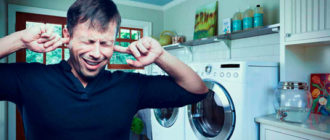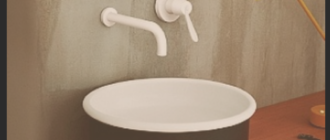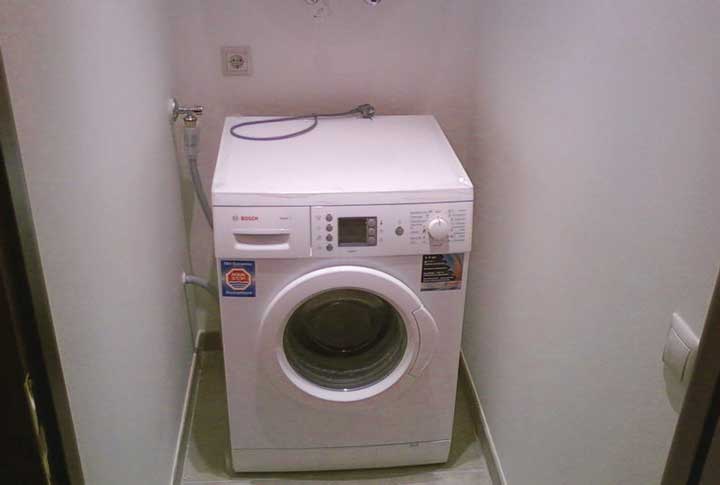 Buying a high-quality and durable washing machine is only half the battle. Most people call a master from a service center, but we want to offer you to do everything with your own hands. It is necessary to follow a certain algorithm of actions, which consistently, step by step will tell you how to properly ground the washing machine without grounding in the apartment.
Buying a high-quality and durable washing machine is only half the battle. Most people call a master from a service center, but we want to offer you to do everything with your own hands. It is necessary to follow a certain algorithm of actions, which consistently, step by step will tell you how to properly ground the washing machine without grounding in the apartment.
Basic theory
Most consumers do not anticipate such a problem as a lack of grounding and use the device for its intended purpose, not realizing that they can expose their family to the danger of of electric shock. Only after experiencing a shock from an electric current of n-number of volts will you realize that grounding your washing machine will save you a lot of trouble.
Prerequisites for installing a grounding system:
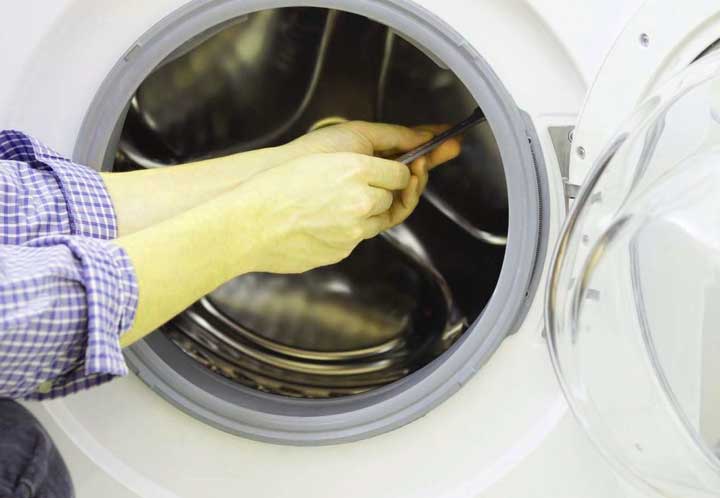 A great chance of injury - at first you get a slight shiver and tingling all over your body, but this is a warning signal.
A great chance of injury - at first you get a slight shiver and tingling all over your body, but this is a warning signal.- There is an opinion, which is confirmed by professional electricians, with a lot of experience, that in the absence of grounding all appliances can fail before the stated service life. You'll either have to pay for costly repairsor even buy a new washing machine.
If suddenly at a certain point you began to notice that you began to burn out light bulbs in your apartment more often than usual after the purchase of a washing machine, then you know - this is the first warning sign that you should make an earthing connection.
But before you go about making your own washing machine grounding in your apartment, 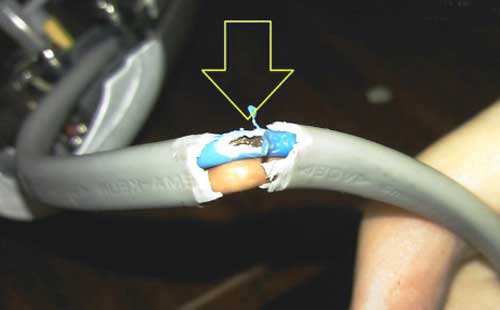 . Quite often there have been cases where electrocution occurred precisely because of damage to the insulation protection of the wires, so in this case, grounding can not solve all problems at once.
. Quite often there have been cases where electrocution occurred precisely because of damage to the insulation protection of the wires, so in this case, grounding can not solve all problems at once.
If your home has connected stationary electric stoves, then your home is 100% grounded, because the available 3rd drive is just responsible for it. In that case, you are unspeakably lucky, and you won't have to do anything.
The home way
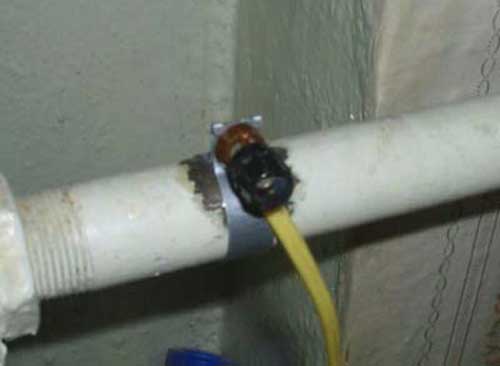 Back in the days when all the houses had only metal pipes for heating and plumbing, our grandfathers (and for some - great-grandfathers) came up with a very interesting but effective methodto install grounding in the apartment, connecting all appliances to the radiator.
Back in the days when all the houses had only metal pipes for heating and plumbing, our grandfathers (and for some - great-grandfathers) came up with a very interesting but effective methodto install grounding in the apartment, connecting all appliances to the radiator.
The method enjoyed enormous popularity and was practically everywhere in the middle of the 20th century.
But even this method was not without its disadvantages:
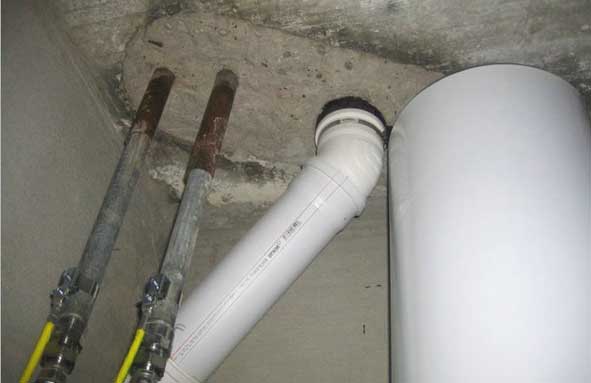 The legality of this method is very questionable, because carrying out such operations was contrary to the rules of work specified in GOST.
The legality of this method is very questionable, because carrying out such operations was contrary to the rules of work specified in GOST.- The emergence of problems with pipes and batteries in the long-term use of them as grounding. Some "users" of this system have noted that over time they began to leak pipes.
- A small percentage of reliability and a fairly high risk of injury from electric shock.
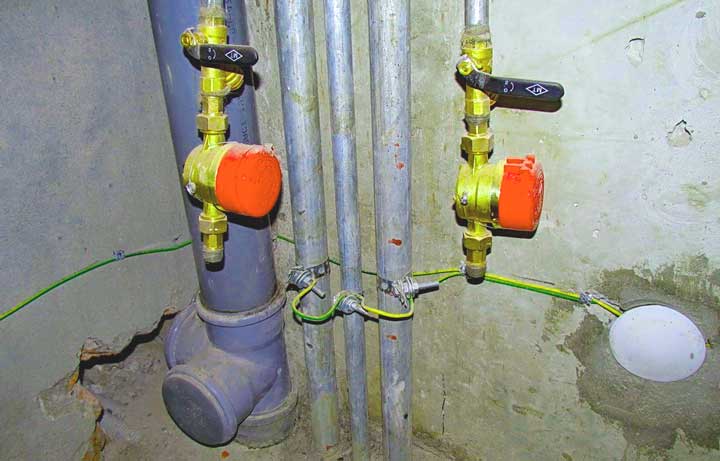 But, strangely enough, some people are not scared at all: the most important thing for them is that everything is convenient and inexpensive, so they buy a single-core copper wire, make stripping on both sides and make this connection, which in our territory is still illegal.
But, strangely enough, some people are not scared at all: the most important thing for them is that everything is convenient and inexpensive, so they buy a single-core copper wire, make stripping on both sides and make this connection, which in our territory is still illegal.
To do this, you will need to install additional socket with the right shape for the machine, and the wire of the three wires will be led to your panelboard
Thus, many people with their own hands sign the sentence of a sudden flooding of the neighbors, which will occur due to a break in the heating system, which is used for the wrong purposes.
As you can see, such a connection of the washing machine without grounding can end miserably.
Grounding through the electrical panel
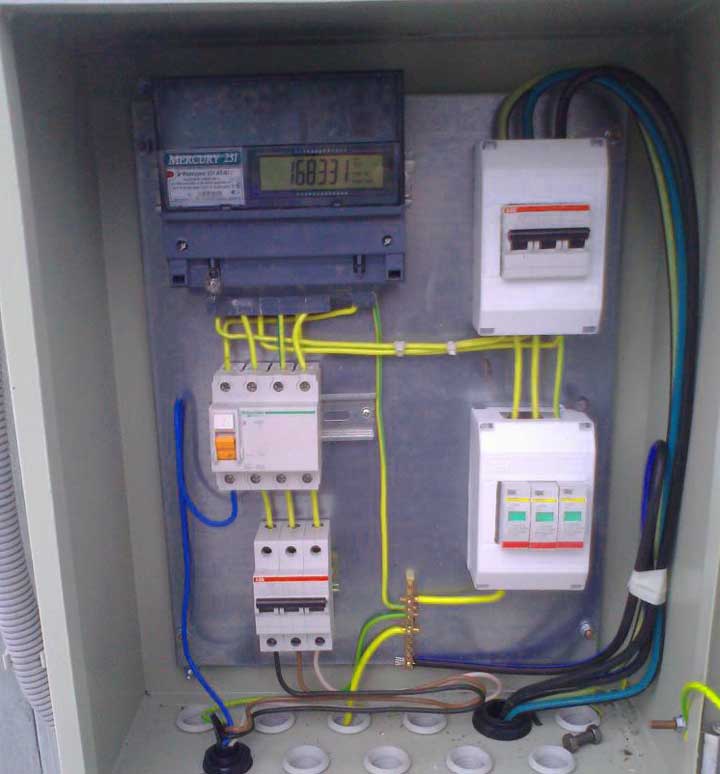 It is best to ground the washing machine through a fixed electrical panel - it will be the most effective and quite cultural.
It is best to ground the washing machine through a fixed electrical panel - it will be the most effective and quite cultural.
To do this you will need to install an additional socket with the right shape for the machine, and the wire of the three wires will be led to your panelboard, where the installation of grounding will be made.
To do this kind of work, we will need only a few tools:
- A dielectric screwdriver.
- A hinged pliers tool with insulated handles.
- A sharp office knife or wire stripper.
- Duct tape.
All strands should be connected only to certain places - two busbars and a certain circuit breaker that works in automatic mode.
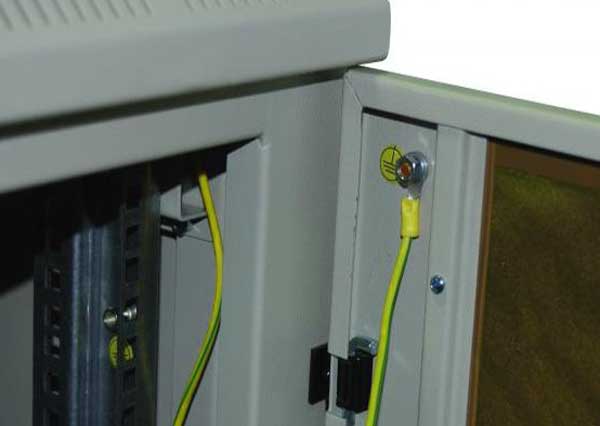 Otherwise, you should seek the help of a highly qualified electrician.
Otherwise, you should seek the help of a highly qualified electrician.
Financial costs will not be so large (and what is important - one-time, because as you know "the miser pays twice"), and a 100% guarantee of safety for your life and life of the household appliances.
When doing the work with your own hands should be remembered:
- On each standard electrical panel is two tires - neutral (N) and for grounding (PE). Only from them and is made wiring.
- After making the necessary wiring, connect the wire as follows: blue wire connect to the tire-zero (N), red through a safety switch to the phase of your meter, and the green-yellow with the PE-bus.
Grounding your home
If you have a private home, it's easy enough to solve the washing machine grounding issue. Your own house - this is, first of all, a fortress, where the owner of the house can do what he wants (without violating GOSTs, of course).
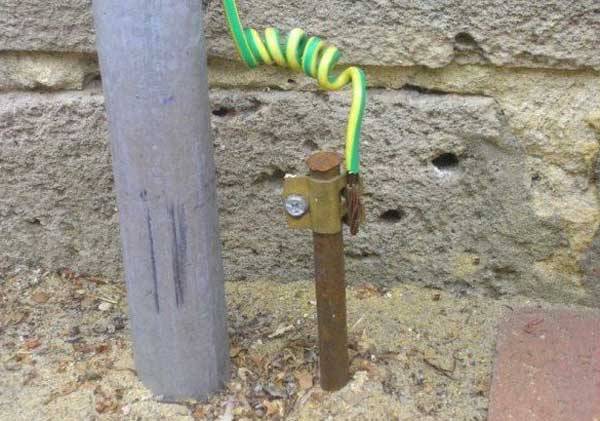 The internal wiring is done in the same way as described above, and the connection is made through a working electrical panel. Own house has a huge number of advantages in the installation of grounding proper manually, because the area around your house is yours and no one will object to the installation of construction.
The internal wiring is done in the same way as described above, and the connection is made through a working electrical panel. Own house has a huge number of advantages in the installation of grounding proper manually, because the area around your house is yours and no one will object to the installation of construction.
Step by step list of steps on how to make grounding in the apartment with your own hands:
- Prepare 3 sections of water pipe (can be old) length of about 1.5 meters - lengthmax Should not be less than the depth at which the ground freezes during the winter.
- You should sharpen one end so that you have a saw cut conical shape, and then drill holes that will be 0.5-1 s in diameter at a height of 1/3 from the end at the bottom.
- Prepare a hole up to 0.6 meters deep and 1.5*1.5 meters wide.
- Hammer pipes at a distance of 1-2 meters from each other, forming a triangle so that the top ridge was above the bottom of the pit at 0.15 meters.
- Next, take the rebar (or angle), cut into three pieces, measure at the ends of our already driven into the ground pipes and connect everything into one piece.
- To the upper part you need to weld a grounding wire, which comes from the electrical board, which is in the house.
- This wire, which should be made of metal wire with a large cross section (not less than 5 mm), connect to the PE bus.
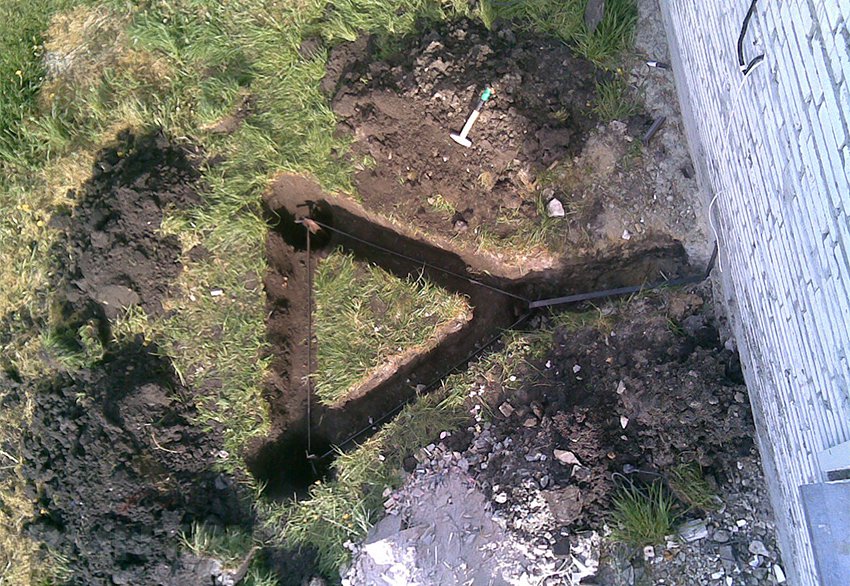 Now that the grounding of the entire network is done, you need to fill the pit and lay sod on the allocated place under it, mark the dimensions of our structure in any way acceptable to you.
Now that the grounding of the entire network is done, you need to fill the pit and lay sod on the allocated place under it, mark the dimensions of our structure in any way acceptable to you.
In the summer, when the heat starts, you need to water your pit at least once a week with a solution of salt (about 0.5 kg per large bucket of water). If the temperature will be less than 30 degrees Celsius, water once a month. This way you will ensure a homogeneous distribution of tension in the ground.
And in conclusion, one more small and important tip: It is better to do once, but reliably, than to manage quickly and do as if, but then regret that you could not keep expensive equipment from breakage.
Should the home appliances be grounded?
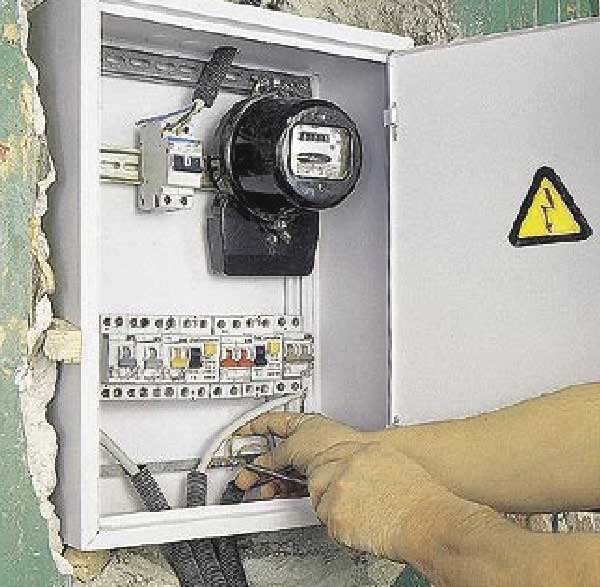 Most consumers have some doubts about the advisability of grounding, but we hasten to assure you that for safe use, you should ground all appliances in the house - from the electric kettle to the washing device, the refrigerator and the expensive TV.
Most consumers have some doubts about the advisability of grounding, but we hasten to assure you that for safe use, you should ground all appliances in the house - from the electric kettle to the washing device, the refrigerator and the expensive TV.
Modern homes or newfangled new buildings have a stationary ground - its presence is not difficult to identify by the special three-phase outlets.
Early homes were not equipped with a ground connection, so you had to lay the wire yourself. Therefore, it is worth to ground the washing machine and how best to do it will always be a topical issue.
Here are a few examples for those who are still in doubt:
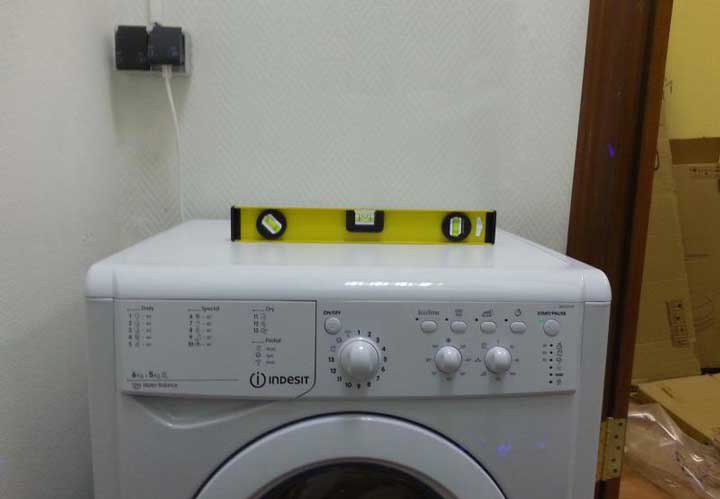 A machine with a built-in surge protector, when plugged into a network with no voltage, will accumulate a voltage of 110V on the body, and when you touch it you will feel quite a tingling sensation.
A machine with a built-in surge protector, when plugged into a network with no voltage, will accumulate a voltage of 110V on the body, and when you touch it you will feel quite a tingling sensation.- If the insulation of the wires is broken, 220 V will accumulate on the case. So, touching the kettle, you will get an unforgettable shaking. If the device is installed in a place where water will be spilled on the floor (you will act as a conductor), it can end up fatal.
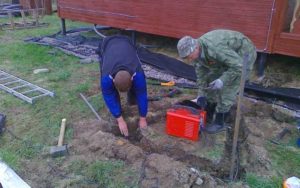 And if you also live in such a house on the third floor or so, it is practically unprofitable to pull the wire to yourself.
And if you also live in such a house on the third floor or so, it is practically unprofitable to pull the wire to yourself.
This is where the system of equations of potentials comes in handy. It's pretty clear and is based on the fact that all objects that work on electrical current, or can conduct it, are connected into one system using metal wires.
So, if you simultaneously touch the case at the same time of the washing machine and, say, the faucet at the same time, the current will not pass through the body.
A desirable condition is to install a separate breaker on your machine, so that in case of some unforeseen malfunction, it will immediately disconnect itself from the mains.

